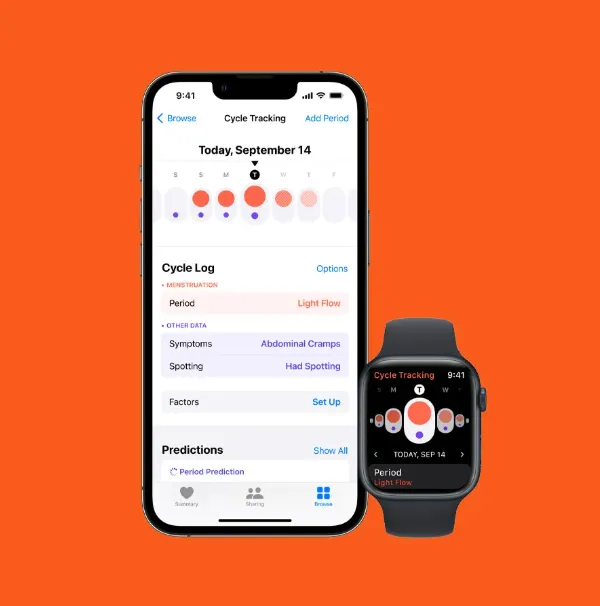A recent study has shown that wearable devices like the Apple Watch may be far more powerful than most of us realize. Instead of focusing only on raw sensor readings—such as momentary heart rate measurements—researchers discovered that long-term patterns of behavior reveal much more about a person’s overall health. Factors like daily activity, mobility, and cardiovascular endurance turned out to be stronger indicators than isolated data points.
This work builds on Apple’s Heart and Movement Study, which gathered insights from over 160,000 participants and analyzed billions of data entries. The results suggest that monitoring consistent lifestyle trends often provides a clearer picture of health changes than second-by-second tracking.
From Simple Data to Smarter Health Insights
To push beyond raw numbers, the team created a wearable behavior model (WBM), an AI-driven framework that draws from 27 health-related markers. These include activity minutes, standing time, blood oxygen levels, and heart rate patterns. Instead of just collecting data, the system interprets it in a way that connects to real health conditions.
In tests, the WBM consistently outperformed standard sensor-based methods. It was able to predict certain health states more accurately, such as whether someone was taking specific medications or even expecting a child. That said, for conditions like diabetes, traditional sensor readings still held an advantage.
The Power of Combining Models
To close the gap, researchers experimented with blending WBM insights with photoplethysmograph (PPG) sensor data. This hybrid method proved highly effective, delivering improved accuracy across 42 out of 47 health-related tasks. It excelled particularly in detecting factors tied to both physiology and behavior, such as age and pregnancy.
By merging long-term lifestyle signals with immediate physiological responses, the study demonstrated how AI can elevate wearable technology to a new level of precision.
What This Could Mean for Apple Watch Owners
Apple has long positioned the Watch as more than just a fitness tracker, and this research points to an exciting future. If models like WBM are incorporated into future updates, users could benefit from earlier and more reliable health alerts. Rather than simply logging steps or checking heart rates, the Apple Watch may soon act as a proactive guide to maintaining well-being—empowering people to take charge of their health before problems arise.
